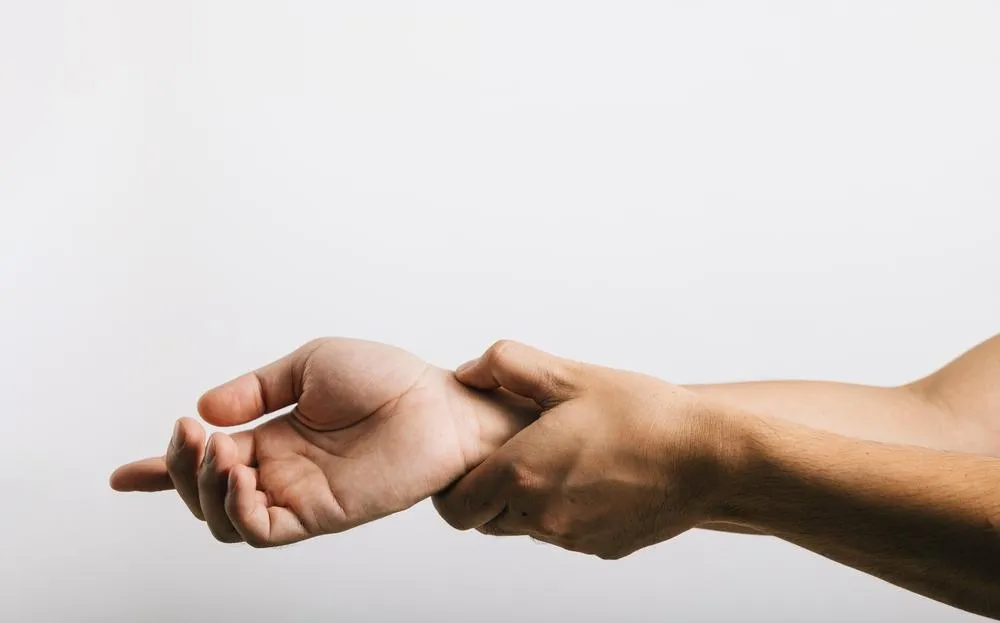
Why Boxers Get Wrist Pain—and How to Avoid It
Every punch thrown in the ring comes at a cost, and for many fighters, that cost shows up as relentless wrist pain that threatens both their performance and passion for the sport. But what if that pain wasn’t inevitable? What if the right knowledge, prevention strategies, and modern therapies could help keep boxers’ wrists strong and pain-free?
Wrist pain is one of the most common complaints among boxers. Each strike sends force up through the glove, into the small bones, tendons, and ligaments of the wrist. When technique falters or protective measures fall short, the result can be soreness that escalates into chronic injury. For boxers whose bodies are their livelihood, or whose love for the sport drives them back to the gym day after day, wrist pain can be a devastating setback.
How Punching Mechanics Contribute to Wrist Pain
It’s easy to imagine that wrist injuries come only from massive knockout punches. In truth, even lighter strikes can cause damage if executed improperly. When the wrist isn’t perfectly aligned with the knuckles and forearm during impact, force disperses unevenly, straining soft tissues and tiny bones.
Repeated blows, especially on heavy bags, pads, or sparring partners, can gradually weaken the structures that stabilize the wrist joint. Sometimes, a single poorly thrown punch, landing at an awkward angle, is enough to trigger significant wrist pain.

Types of Wrist Injuries Boxers Encounter
The injuries lurking behind wrist pain vary in severity. Sprains occur when ligaments overstretch or tear, often causing swelling and reduced range of motion. Boxers also face fractures, especially to the scaphoid bone, which can be notoriously slow to heal due to its poor blood supply.
Tendinitis, another frequent culprit, develops when tendons around the wrist become inflamed from repetitive stress. Left untreated, these conditions can become chronic, leading to stiffness, weakness, and a loss of power behind punches.
Strategies for Preventing Wrist Pain
Prevention begins long before stepping into the ring. Hand wraps should be snug, properly covering the wrist and knuckles for support without cutting off circulation. Equally critical is wearing gloves that fit correctly; gloves that are too loose or too tight can compromise stability and protection.
Building forearm and wrist strength is another essential piece of the puzzle. Exercises like wrist curls, grip squeezes, and controlled resistance movements train the smaller stabilizing muscles to absorb shock and maintain joint alignment under pressure.
Yet even the strongest muscles can’t compensate for poor punching form. Coaches emphasize correct technique—keeping the wrist in a neutral position and striking with the proper knuckle alignment—to reduce strain and lower the risk of injury. Fighters who remain mindful of form during fatigue are better equipped to protect themselves in the later rounds.
Early Warning Signs Fighters Shouldn’t Ignore
Boxers are notorious for training through pain, but ignoring early signs can transform a minor issue into a career-altering injury. Persistent aching, swelling, tenderness when gripping objects, or pain that worsens during punching should all be red flags.
Some fighters notice a clicking sensation, weakness, or reduced range of motion in the wrist. These symptoms suggest deeper damage that won’t heal with rest alone. Consulting professionals early can make the difference between a quick recovery and months away from the sport.
Treatment Options When Wrist Pain Strikes
Once wrist pain has developed, a multi-faceted approach is often the fastest path back to the ring. Rest and ice may help acute inflammation, but persistent pain demands targeted treatment.
One effective strategy lies in how chiropractic adjustments help with sports injuries by improving joint alignment and reducing stress on irritated tissues. Chiropractic care for wrist injuries aims to restore normal movement patterns and relieve tension in surrounding muscles and tendons.
Additionally, fighters often discover how a hand and foot chiropractor helps relieve discomfort in areas they may not realize are connected to their wrist problems. Because boxing involves complex kinetic chains—from the feet up through the core to the arms—addressing imbalances in other joints can ease wrist strain and prevent future injury.

Modern therapies like shockwave treatment are changing the game for athletes battling chronic pain. The benefits of shockwave treatment for martial arts enthusiasts extend to boxers as well. By delivering acoustic waves into the tissue, SoftWave therapy promotes healing, reduces inflammation, and can help resolve lingering tendon issues without surgery.
Speed of recovery is critical for fighters eager to get back into training. One advantage of modern shockwave treatments is their ability to stimulate circulation and cellular regeneration, leading to faster muscle recovery. For wrist injuries, this technology offers an appealing alternative to invasive interventions, helping fighters regain strength and mobility while minimizing downtime.
Keeping Fighters in the Ring
Wrist pain doesn’t have to be a given for those who step into the ring. With the right knowledge, attention to technique, and commitment to proactive care, boxers can protect their wrists and continue performing at their peak.
At Optimal Health Members, we dedicate our time to helping fighters and active individuals overcome wrist pain without resorting to surgery. Our team integrates advanced solutions like SoftWave technology, chiropractic care for extremities, and nutritional strategies that reduce inflammation and promote healing. We believe every fighter deserves to train and compete without pain holding them back.
Don’t let wrist pain sideline your passion. Book a session with us today and discover how modern, non-surgical treatments can keep you throwing punches with confidence and power.